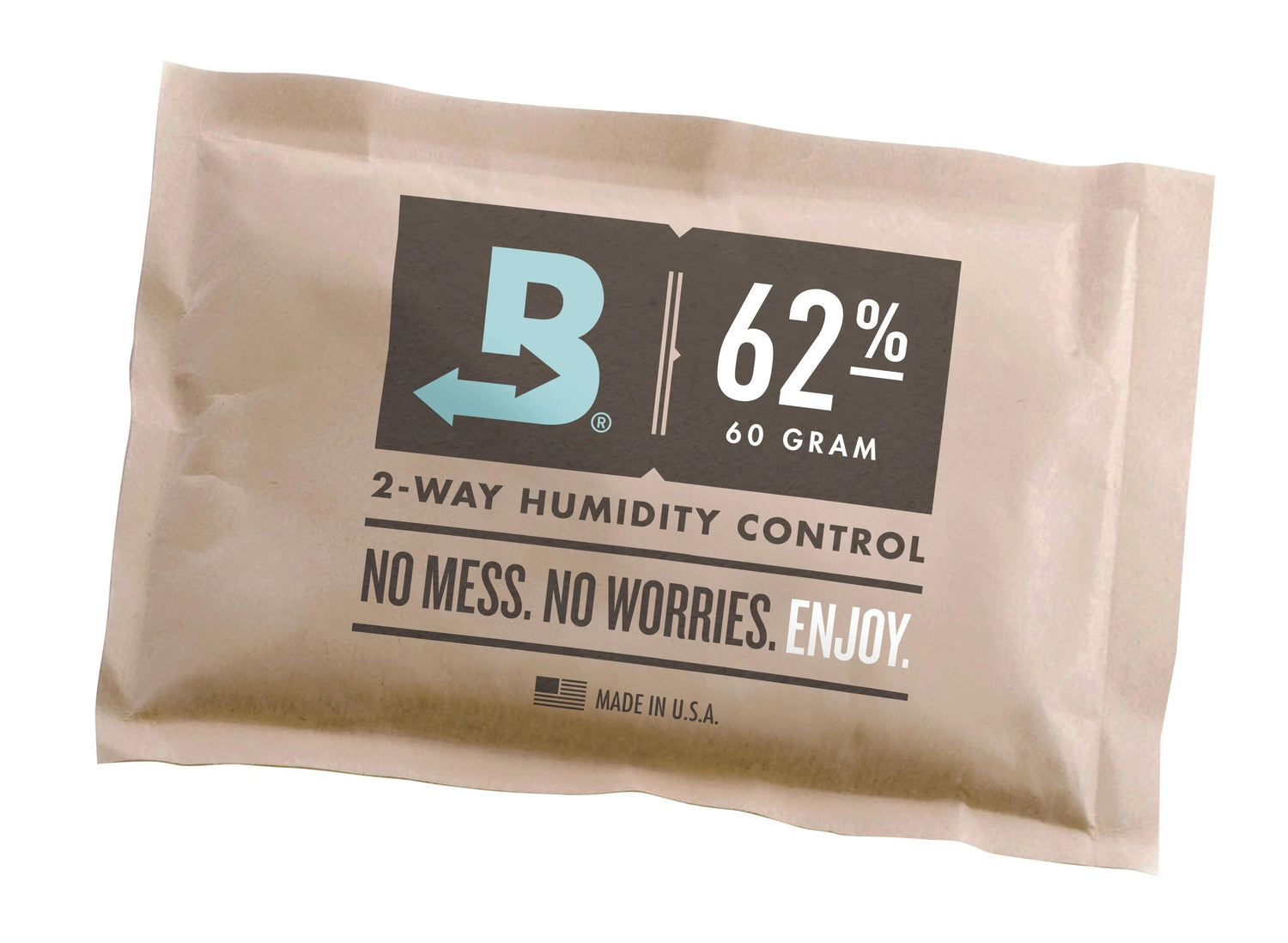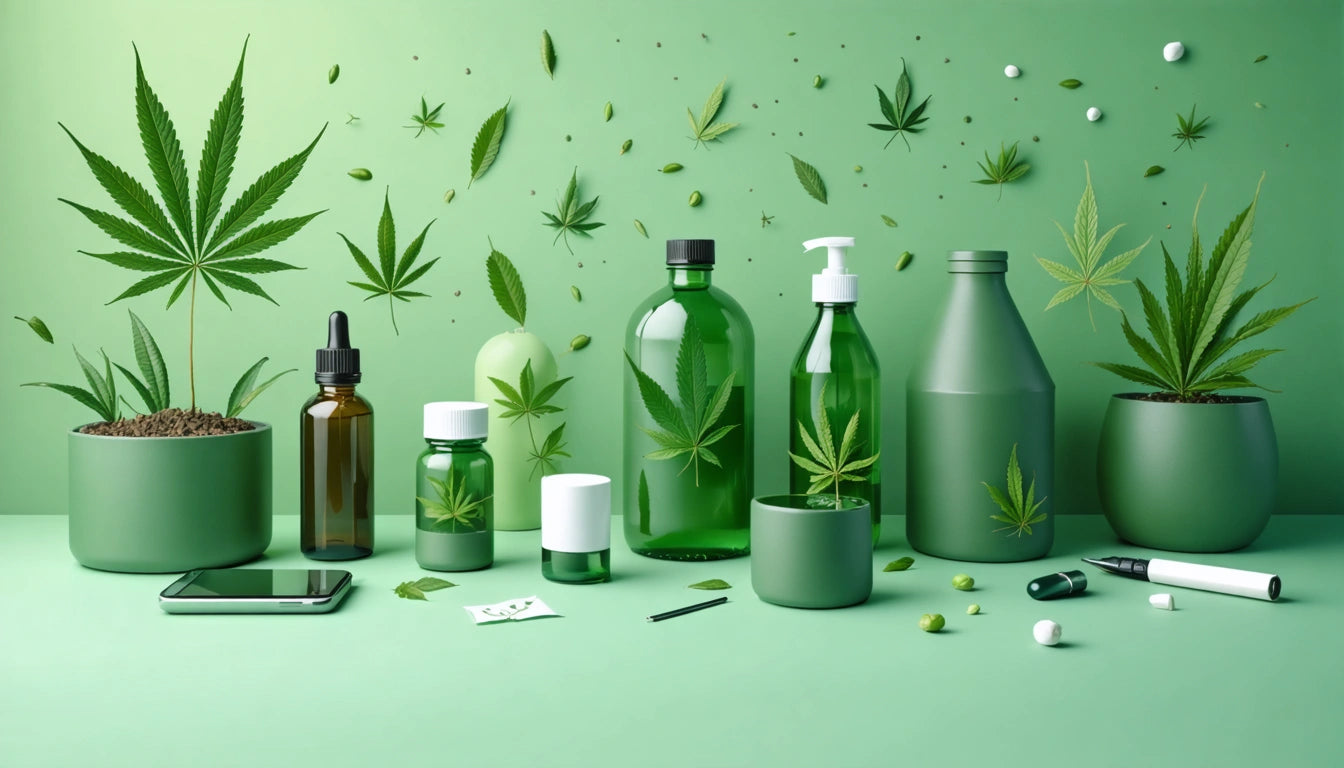Does RH Level Matter for Edibles Storage?
Relative humidity (RH) plays a crucial role in preserving cannabis products, but its importance for edibles storage is often overlooked. While flower products receive significant attention regarding humidity control, edibles have their own specific requirements that impact shelf life, texture, potency, and overall quality. Understanding these requirements can help both consumers and producers maintain product integrity longer.
Understanding RH Levels for Cannabis Products
Relative humidity measures the amount of moisture in the air compared to what the air can hold at a given temperature. For cannabis flower, ideal RH levels typically range between 58-62% as noted in this guide on optimal RH for cannabis storage. However, edibles present different considerations due to their varied compositions and ingredients.
Unlike flower products that risk mold growth at high humidity or terpene loss at low humidity, edibles face issues like texture changes, ingredient separation, and accelerated spoilage when exposed to improper humidity levels.
How Humidity Affects Edibles
Moisture Migration
One of the primary concerns with edibles is moisture migration. This occurs when moisture moves from areas of high concentration to low concentration within the product, causing textural changes. For example, in chocolate edibles, moisture migration can lead to sugar bloom, a whitish coating that affects appearance and texture.
Microbial Growth
High humidity environments (generally above 65% RH) create favorable conditions for mold, yeast, and bacteria growth. This is particularly concerning for edibles containing perishable ingredients like dairy or fruit components.
Potency Preservation
THC and other cannabinoids can degrade when exposed to excessive moisture or extreme dryness. Proper humidity control helps maintain the potency and therapeutic effects of cannabis-infused products over time.
Optimal RH Ranges for Different Edible Types
Different edible formulations require specific humidity conditions for optimal preservation:
- Gummies and soft chews: 35-45% RH prevents sticking and surface crystallization
- Chocolates: 40-50% RH prevents bloom and maintains texture
- Baked goods: 40-50% RH prevents staling and mold growth
- Hard candies: 30-40% RH prevents stickiness and maintains structure
- Beverages: Sealed containers with minimal headspace rather than RH control
As explained in this article on RH levels for edibles, monitoring and maintaining these ranges can significantly extend product shelf life.
Humidity Control Solutions for Edibles
Several methods exist for controlling humidity in edible storage:
Humidity Control Packs
While products like Integra Boost and Boveda packs are commonly used for flower, they can also benefit certain edible products. Lower RH packs (such as those maintaining 49-55% RH) may be suitable for some edibles requiring moderate humidity.
Desiccant Packets
For edibles that benefit from drier environments, silica gel or other desiccant packets can help remove excess moisture. These are particularly useful for products like hard candies and certain gummies.
Airtight Containers with Proper Closures
Using quality airtight container closures and child-resistant caps creates a controlled environment that maintains consistent humidity levels. The right closure system prevents external humidity fluctuations from affecting product quality.
Best Practices for Edibles Storage
To maintain optimal RH levels for edibles:
- Store in cool, dark places away from direct sunlight
- Use appropriate containers with airtight seals
- Consider using humidity control solutions appropriate for the specific edible type
- Monitor storage environment temperature and humidity levels
- Follow manufacturer recommendations for storage conditions
- Avoid refrigeration unless specifically recommended, as temperature fluctuations can cause condensation
As noted in this guide on avoiding mold in high humidity climates, proper storage becomes even more critical in challenging environmental conditions.
RH Management for Commercial Edibles Producers
For commercial producers, RH management extends beyond simple storage practices. Manufacturers should consider:
Implementing controlled packaging environments where humidity levels are monitored during the packaging process. Using strategic workflow processes that incorporate humidity control at critical points can maintain product integrity from production through distribution.
Selecting appropriate primary packaging materials that provide moisture barriers. Different edible formulations require specific barrier properties to maintain optimal internal RH levels.
Considering secondary packaging solutions that offer additional protection against environmental humidity fluctuations. This becomes particularly important when shipping to regions with vastly different climate conditions.
While flower products often receive more attention regarding humidity control, proper RH management for edibles is equally important for maintaining quality, consistency, and shelf stability. By understanding the specific humidity requirements of different edible formulations and implementing appropriate storage solutions, both consumers and producers can ensure these products maintain their intended characteristics throughout their usable life.











Leave a comment
All comments are moderated before being published.
This site is protected by hCaptcha and the hCaptcha Privacy Policy and Terms of Service apply.